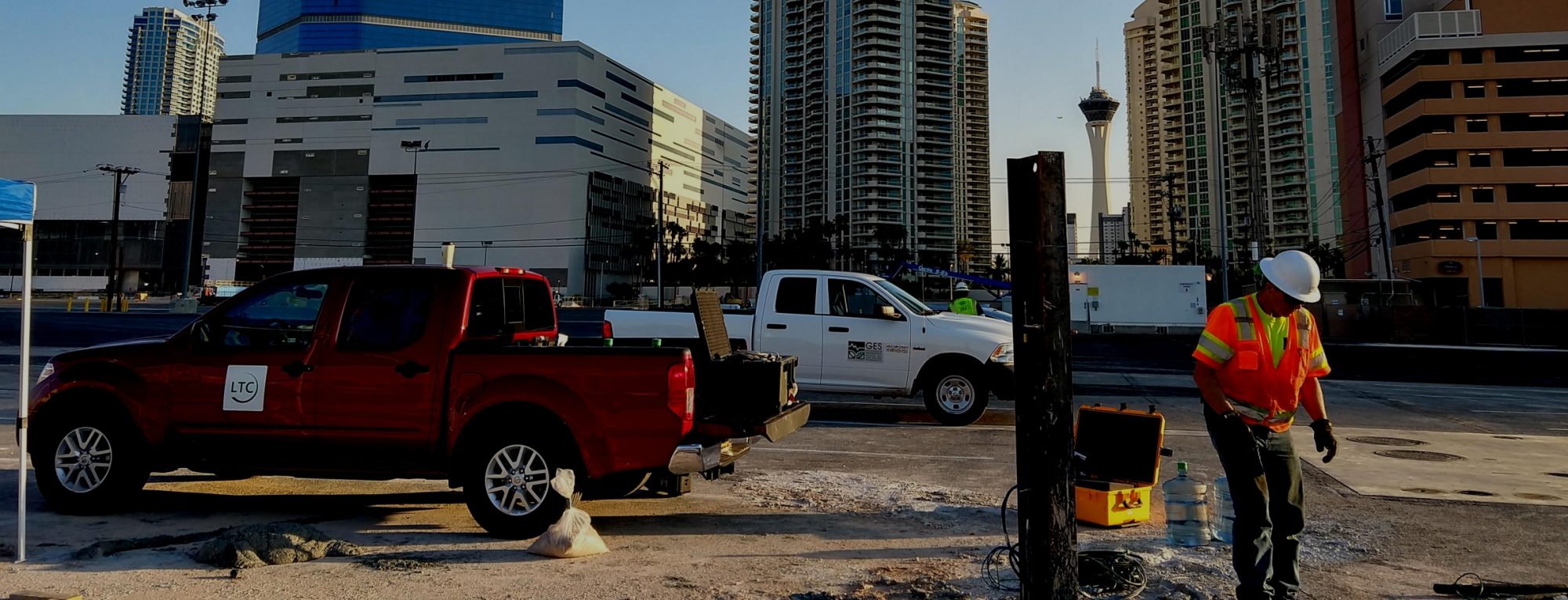Imagine running a successful load test (loading system maximum capacity reached, all instruments functioned, data analysis produced sensible results), only to have the client angrily call you up to say “This test is worthless!”
This disconnect occurs more often than not. How can testing and quality control engineers convey the true value of their measurements and results to their clients?
In pile load testing, value, in a client’s mind, correlates directly with maximum capacity. If the maximum capacity is close to anticipated, the client is satisfied. If it is above expectation, the client is happy (saving money through value engineering, or at least sleeping well at night). If the result is below expectation, as was the case in the illustration above, the project will undergo delays and may encounter unexpected costs. Ironically, the testing itself may end up looking like just another additional expense.
On behalf of LTC, I presented at last year’s STGEC Conference in Louisville, KY. I decided to share my thoughts on this topic, and titled my talk “Finding Value in Deep Foundation Test Results”.

This is a plot of perceived value versus the load test result, typically represented by maximum applied load. It demonstrates how increased maximum load leads to increased perceived value, “more is better” in other words. However, I proposed in my talk that simply meeting expectation actually means gaining the least value from a test. Additionally, the test’s value is not limited to the case where the pile over‑performs. The value can be even greater when the pile underperforms. Let’s examine each result.
First, if the testing simply confirms an expected result the Engineer learned very little from the test. He only confirmed what he already knew. And what he already knew is usually the result of work done by designers with experience in a region where extensive testing has been done in the past. The design has already been optimized and additional testing is only confirmatory. There is in fact, very little to be gained.
Second, the Engineer will gain more value when the test results do not meet expectation, regardless of whether the capacity is higher or lower than expected.

The potential for value engineering still exists on the right side of the curve. But on the left side you will find potentially the greatest value. By identifying an inadequate foundation system built on incorrect assumptions at a point in the project sequence when a remedy is easy to implement, potential disaster or at the very least, significant expense can be avoided. The value of this information is easily equal to the right side of the curve and possibly much greater. This is because the success or failure of the entire project may depend on it. The full slideshow of LTC’s presentation can be downloaded here: LTC Presentation at STGEC 2018.


